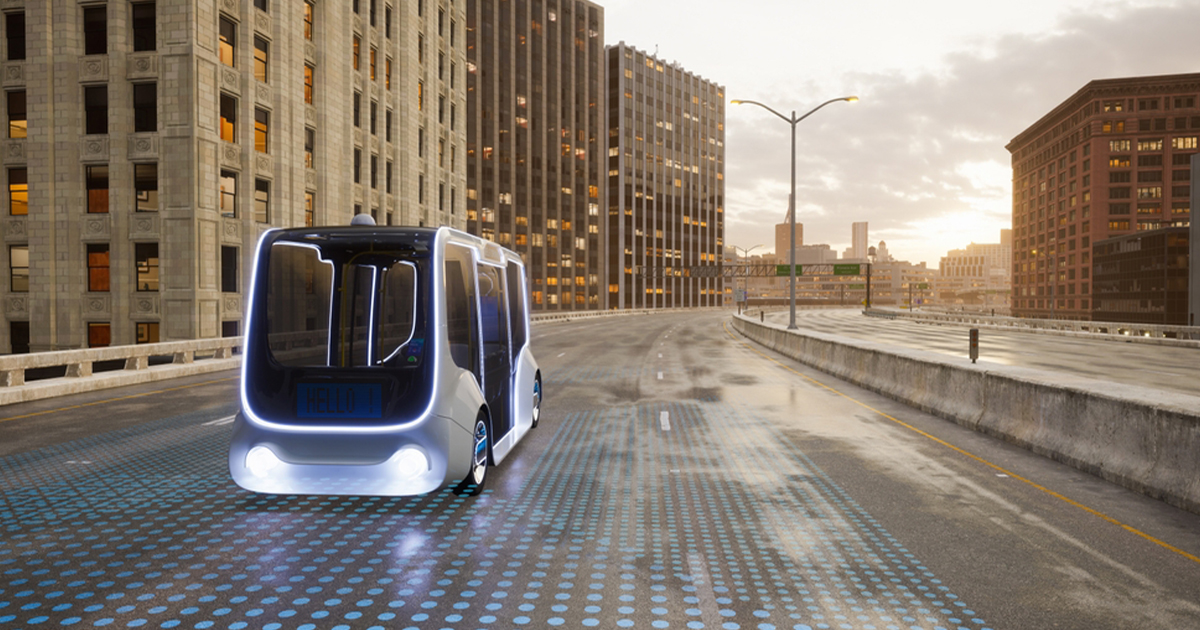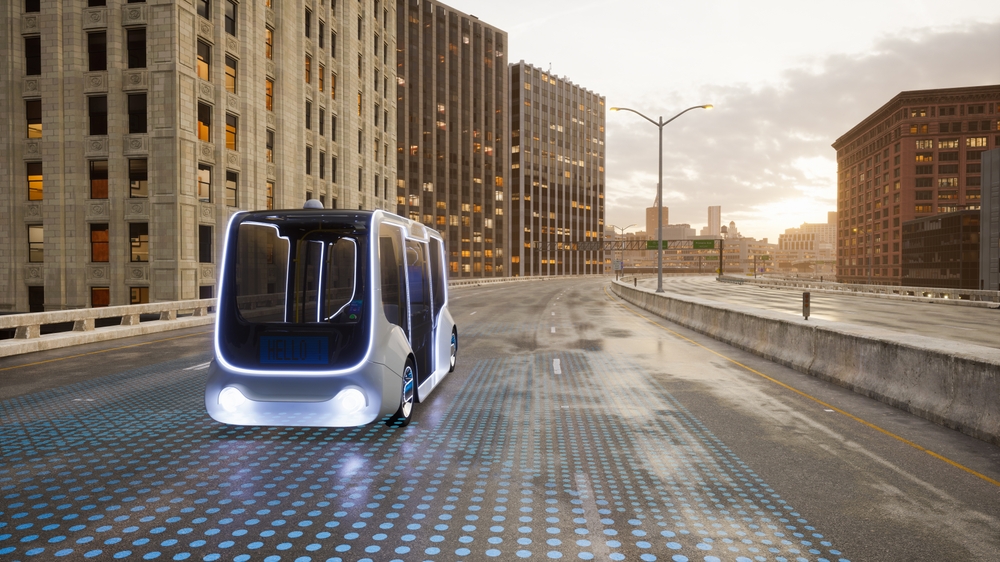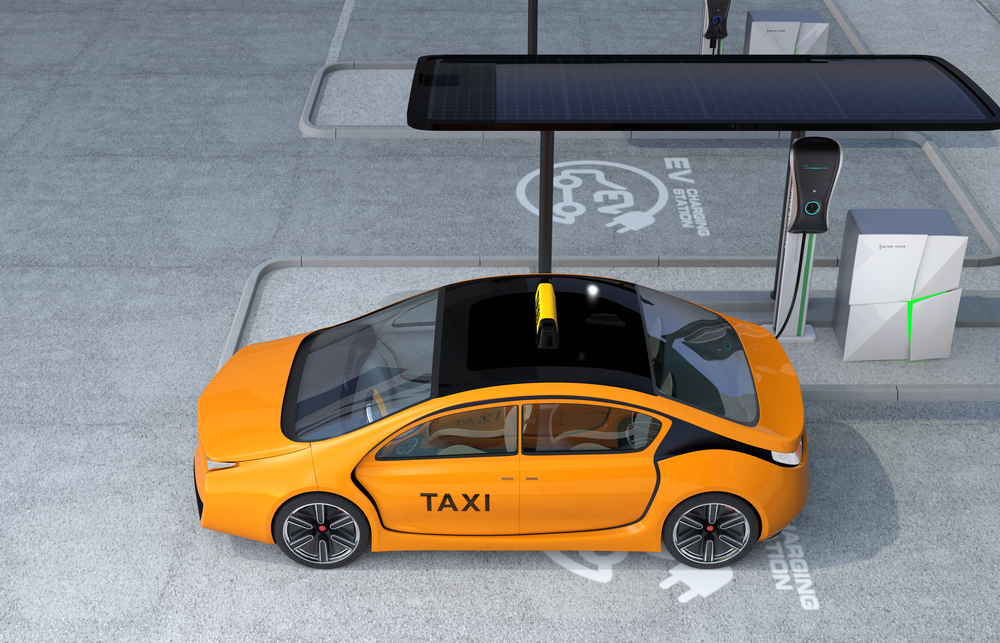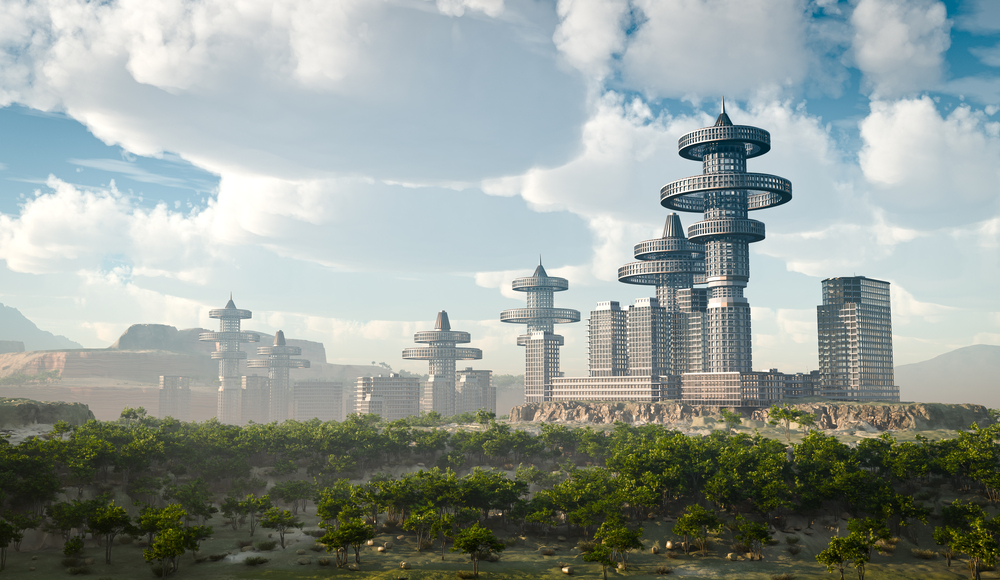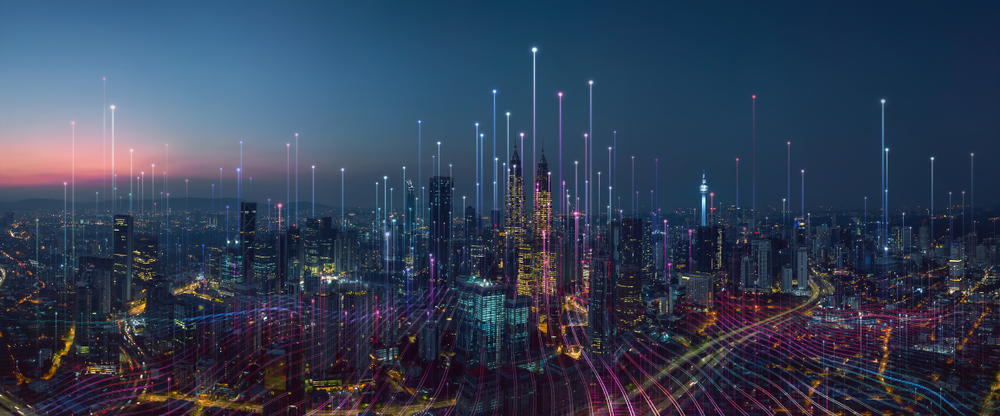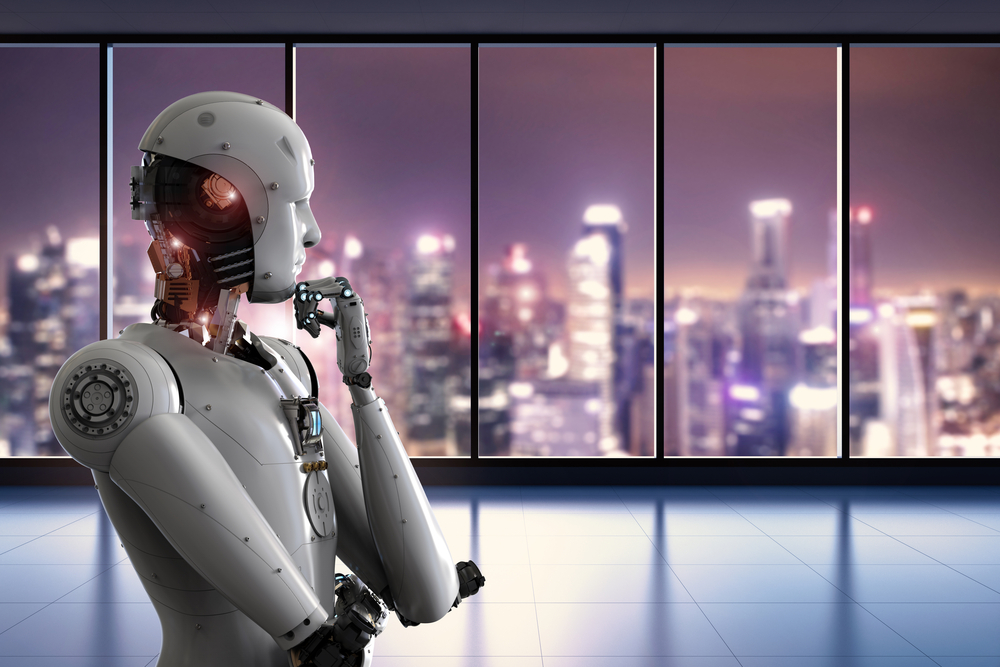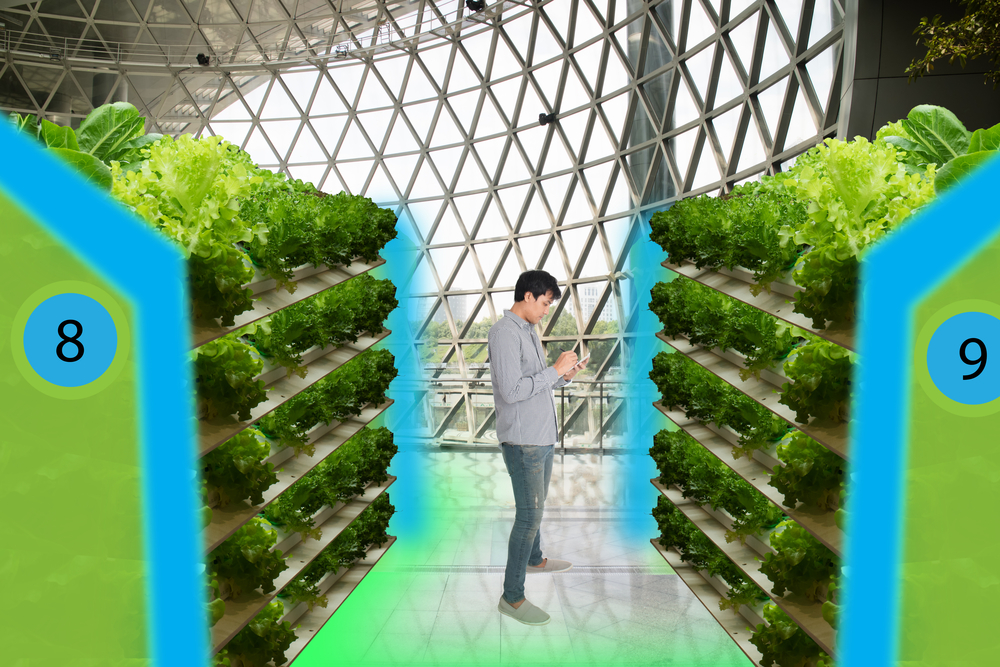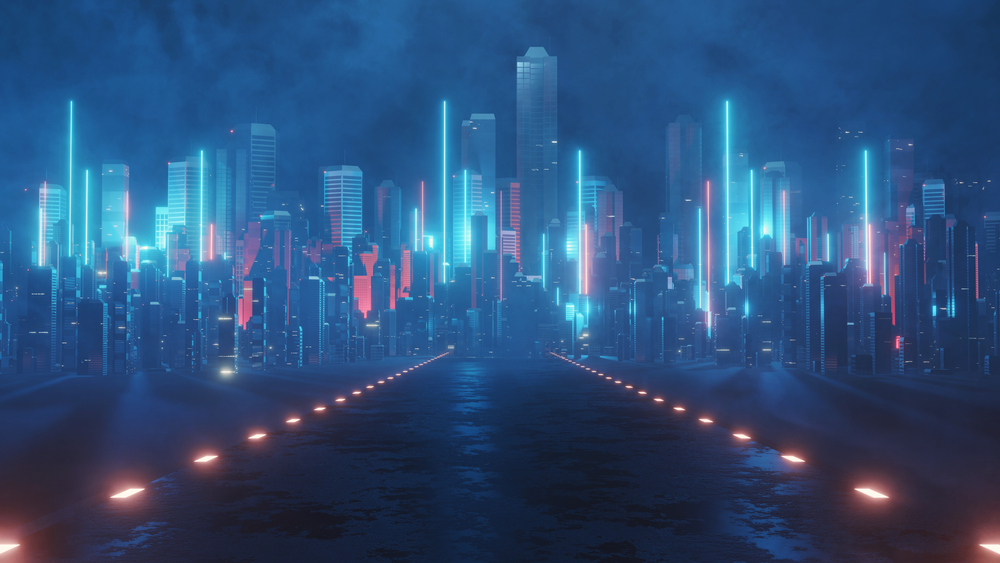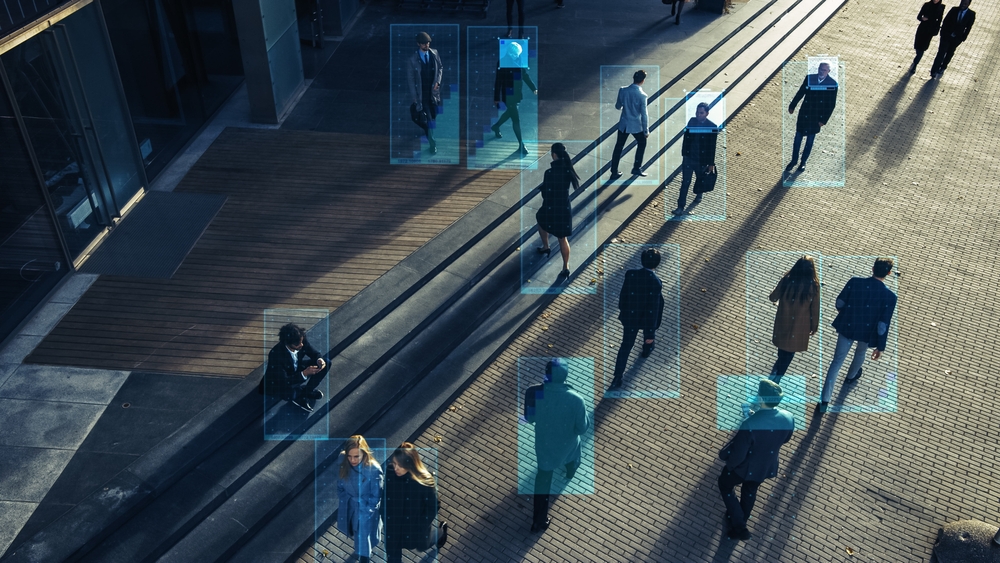The Future Is Now
Xiong’an New Area in China is a bold experiment in urban futurism, built from the ground up to model what tomorrow’s cities might one day become.
Outfitted with advanced sensors, autonomous robots, and AI-driven infrastructure, it’s designed to be a city that doesn’t just operate—it thinks, adapts, and evolves with its residents.
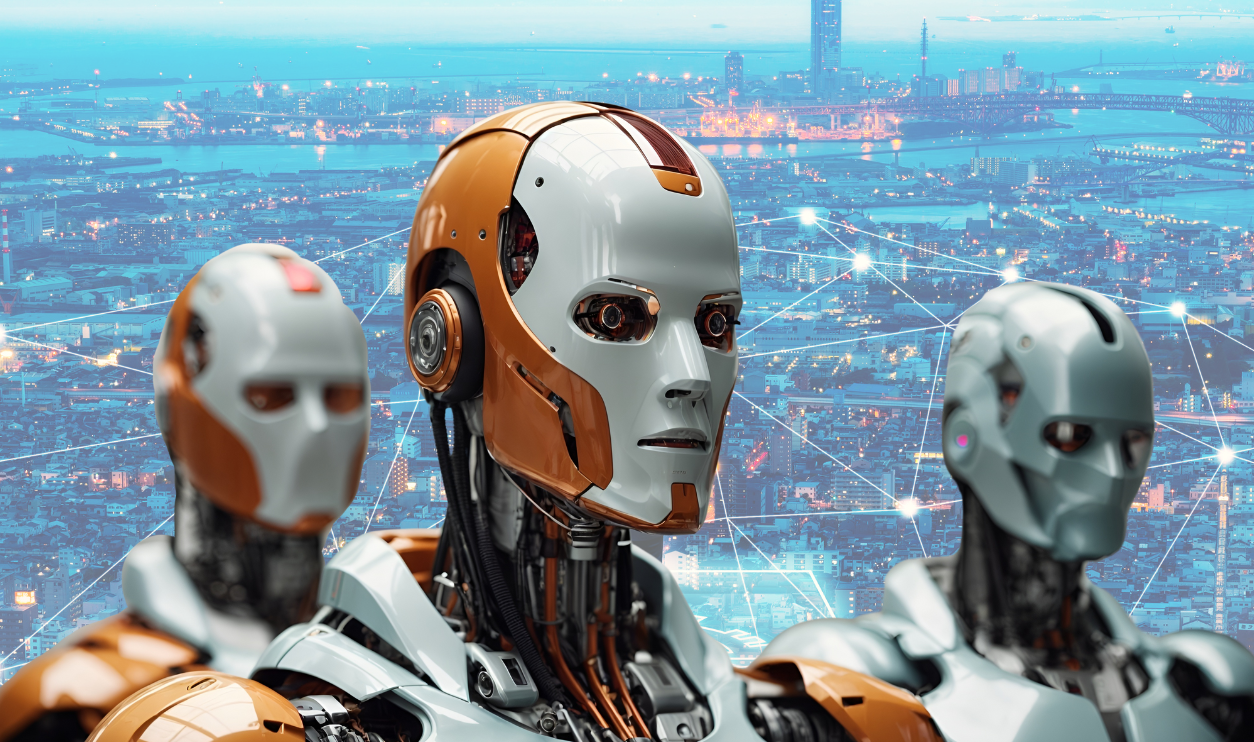
Location
Xiong’an New Area is a state-level new area in the Baoding area of Hebei, China. It is located about 62 miles southwest of Beijing and 31 miles east of downtown Baoding.
It spans across 27,200 hectares.
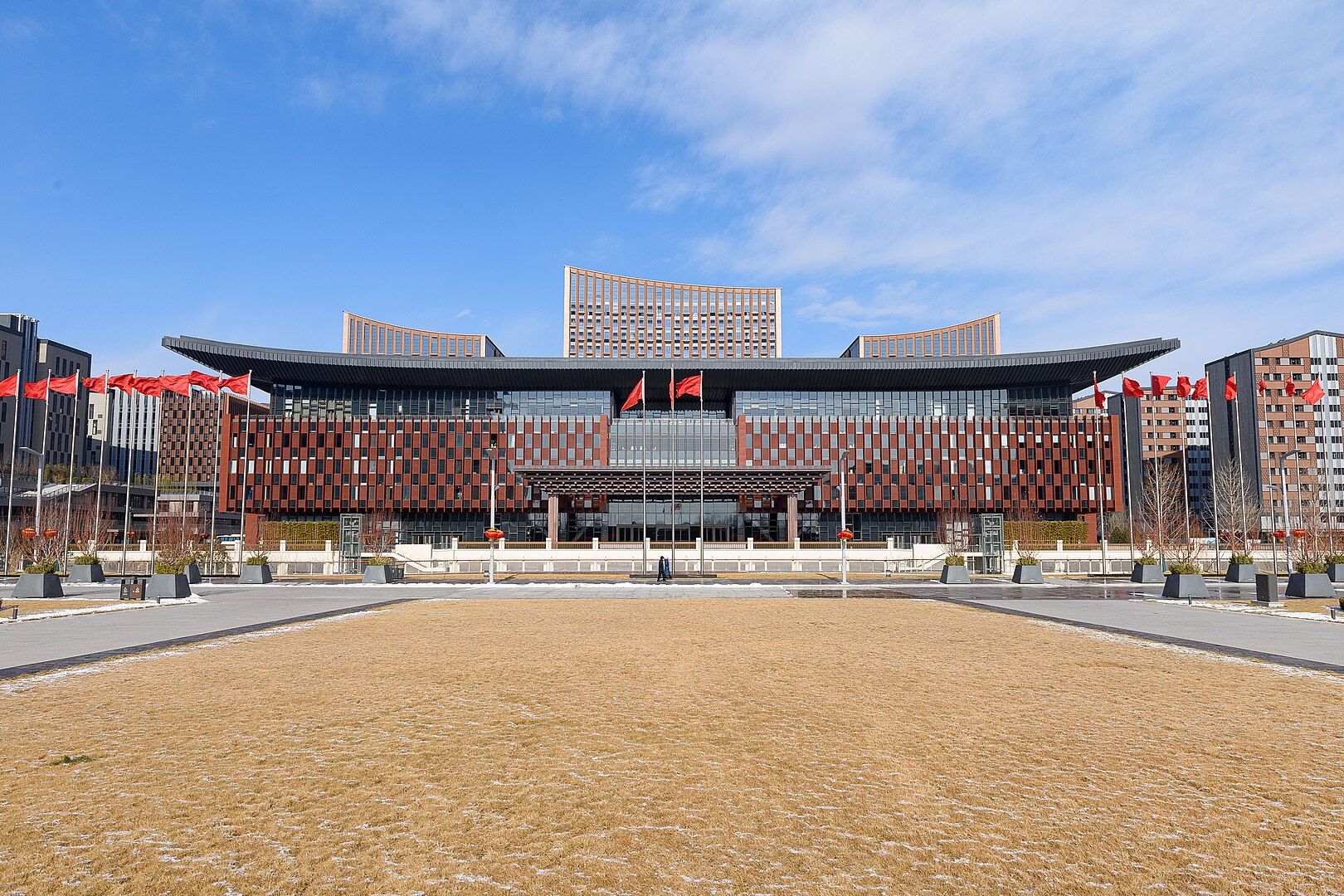 N509FZ, CC BY-SA 4.0, Wikimedia Commons
N509FZ, CC BY-SA 4.0, Wikimedia Commons
Purpose
The main function of Xiong’an New Area is to serve as a development hub for the Beijing-Tianjin-Hebei (Jing-Jin-Ji) economic triangle.
Some "non-core" functions of the Chinese capital are expected to migrate there, including state offices,
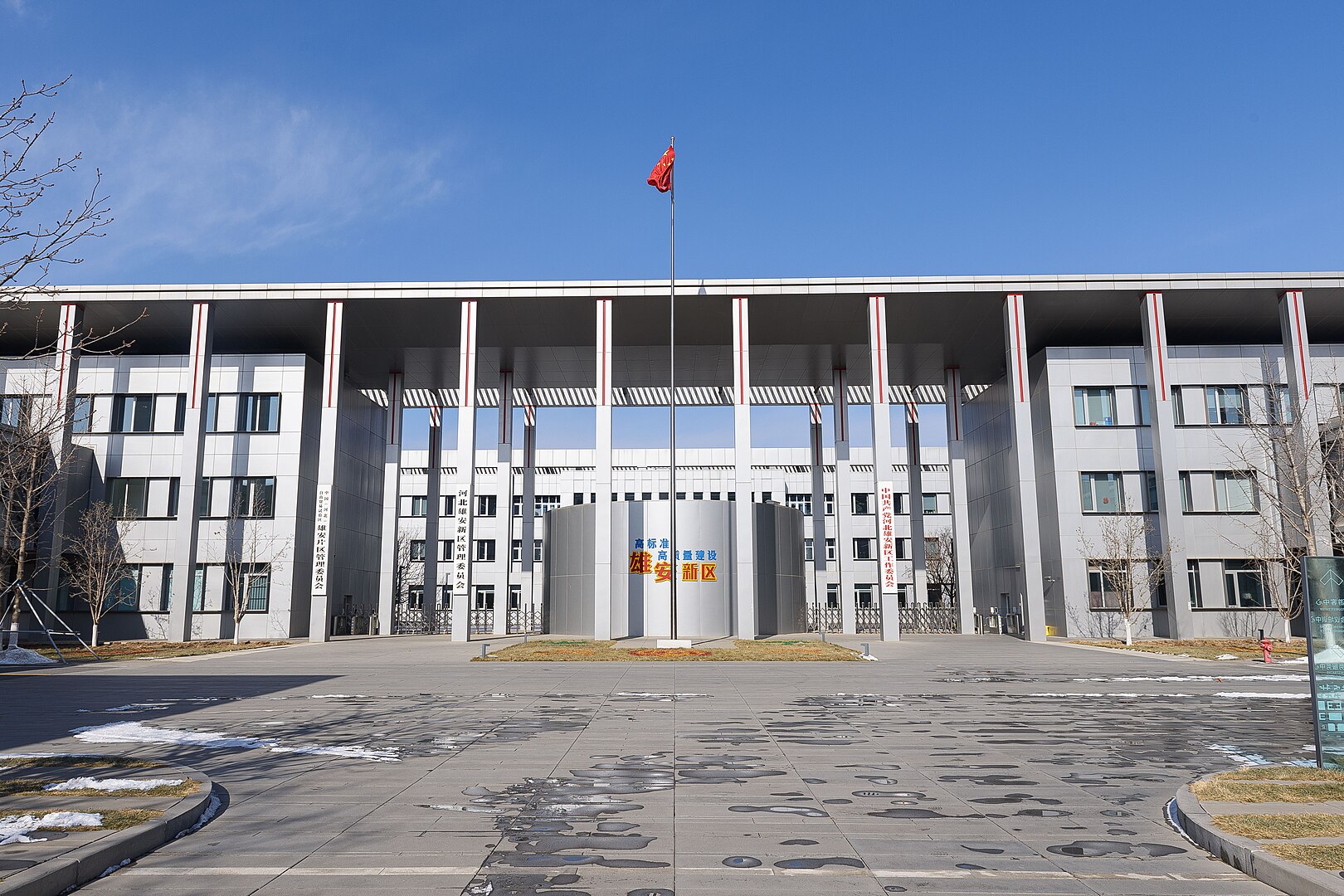 N509FZ, CC BY-SA 4.0, Wikimedia Commons
N509FZ, CC BY-SA 4.0, Wikimedia Commons
The Beginning
Founded in 2017, Xiong’an New Area is still in its early stages, with plans to be fully operational by 2035 and fully finished by the mid-21st century.
Currently in the “Masterplan Concept Stage,” this futuristic city is expected to carry a hefty price tag of around $580 billion USD upon completion.
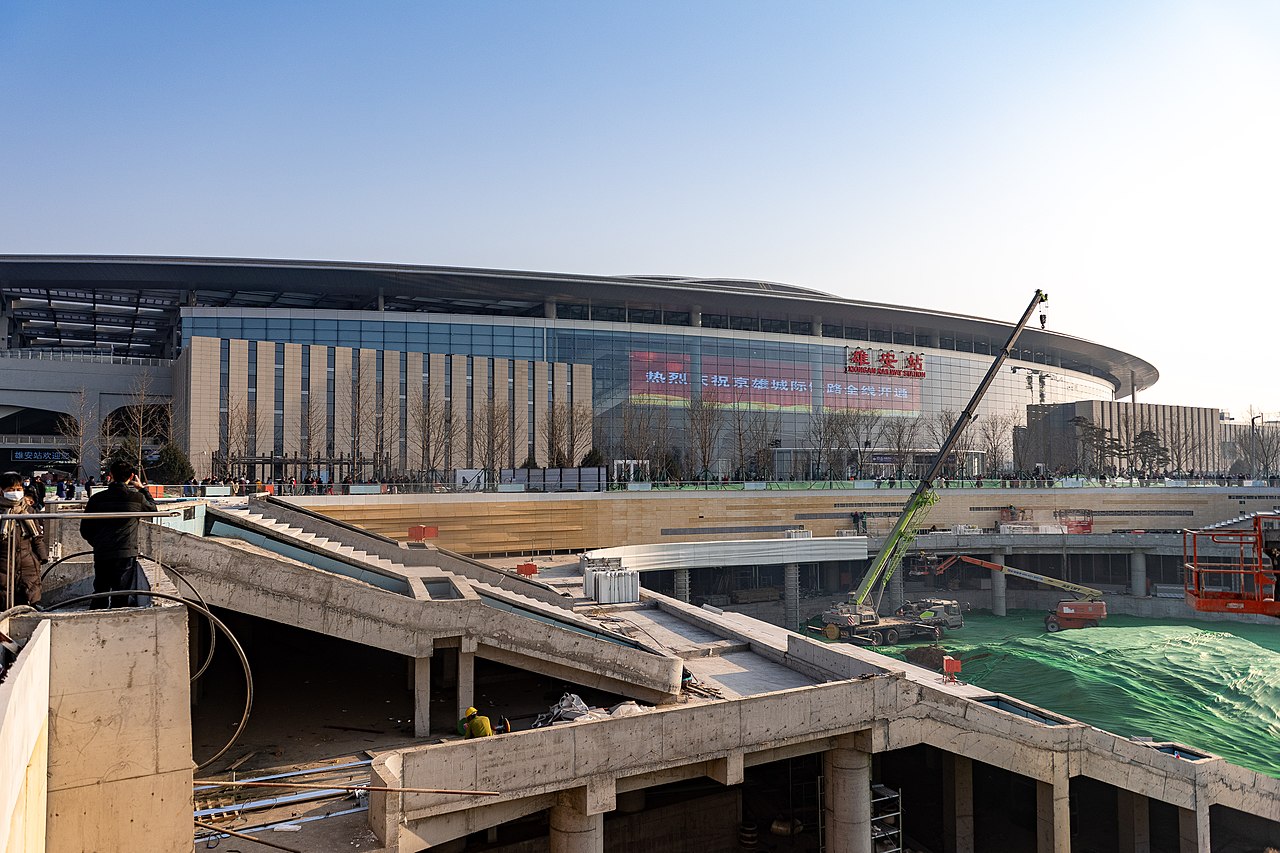 N509FZ, CC BY-SA 4.0, Wikimedia Commons
N509FZ, CC BY-SA 4.0, Wikimedia Commons
The Plan
The plan for Xiong’an New Area is to combine Smart City technology and Sponge City solutions—meaning it will basically include futuristic technology, whilst still maintaining an abundance of natural areas like trees and parks.
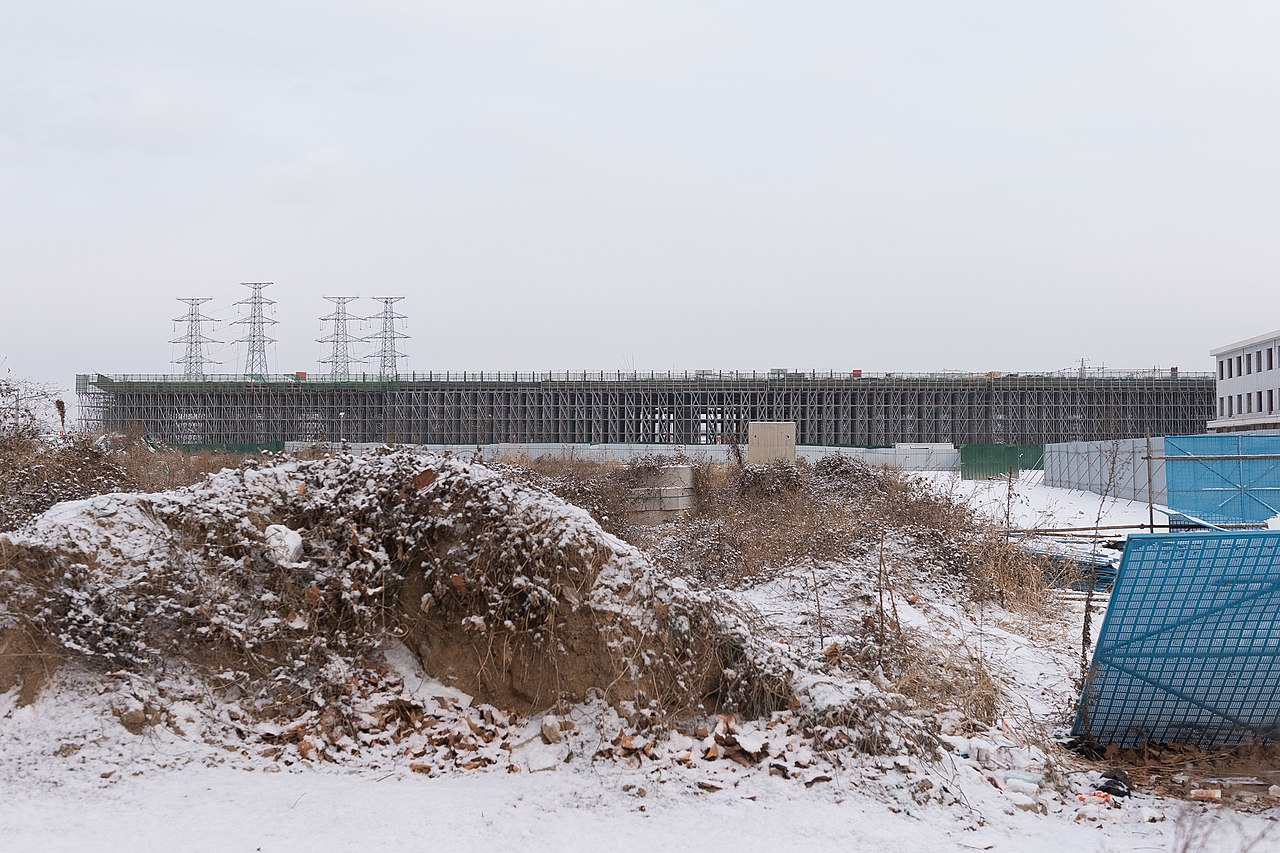 N509FZ, CC BY-SA 4.0, Wikimedia Commons
N509FZ, CC BY-SA 4.0, Wikimedia Commons
Development
The Chinese government is focusing on a high-quality, efficient, smart city environment that encourages equality and sustainability.
With nearly six years into development, let’s find out what already happening, and what else China has planned.
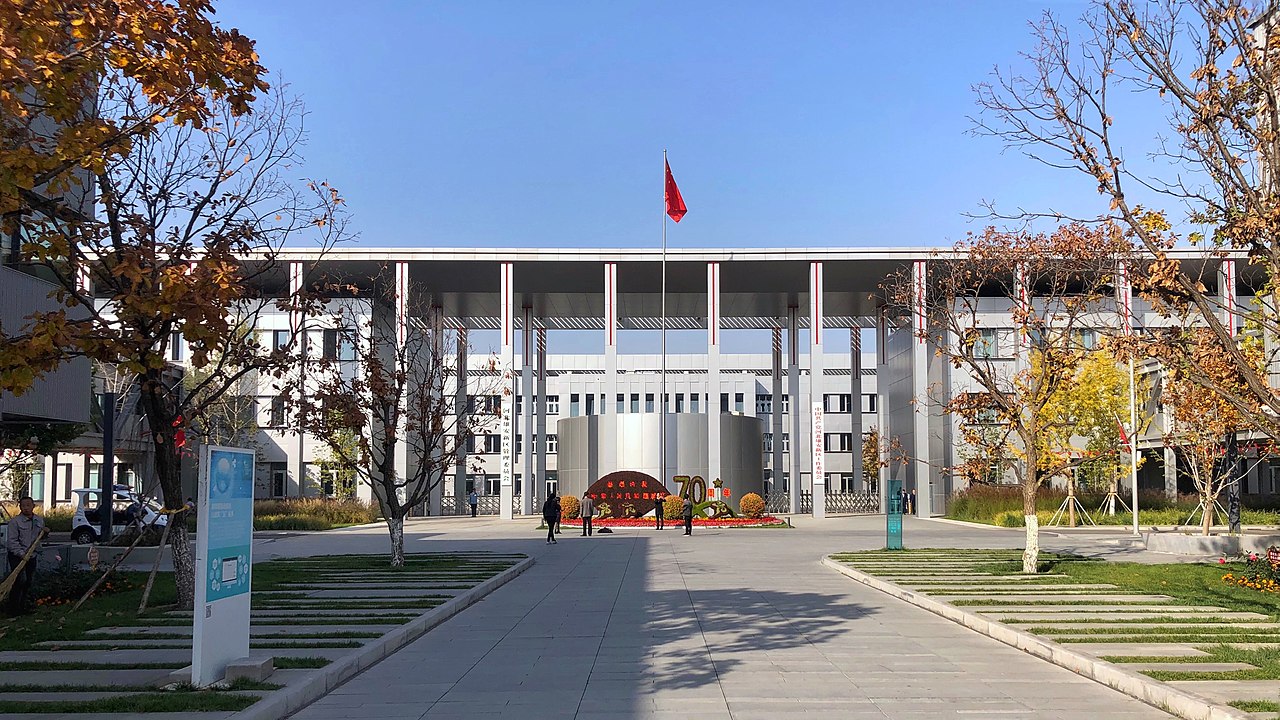 Charlie fong, CC BY-SA 4.0, Wikimedia Commons
Charlie fong, CC BY-SA 4.0, Wikimedia Commons
The Driverless Bus
The Driverless bus is one example of how China plans to improve efficiency of transportation.
The driverless bus will be equipped with fridges and screens and be able to recognize traffic lights and road signs, and reduce speed or stop in case of obstacles.
It will be free for residents to use.
Self-Driving Taxis
Alongside driverless buses, Xiong'an will feature self-driving taxis to navigate the city, offering residents a seamless and futuristic transportation experience.
With sustainability at its core, 90% of the city’s transportation will be fully electric, furthering its commitment to innovation and eco-friendly living.
Digital Roads
Much like the busses, the “digital roads” are also smart.
In Xiong’an New Area there are already 153 km of "digital roads," where sensors on the lamp poles can monitor the number and speed of vehicles, which will reduce traffic jams, and maintain safety on the roads.
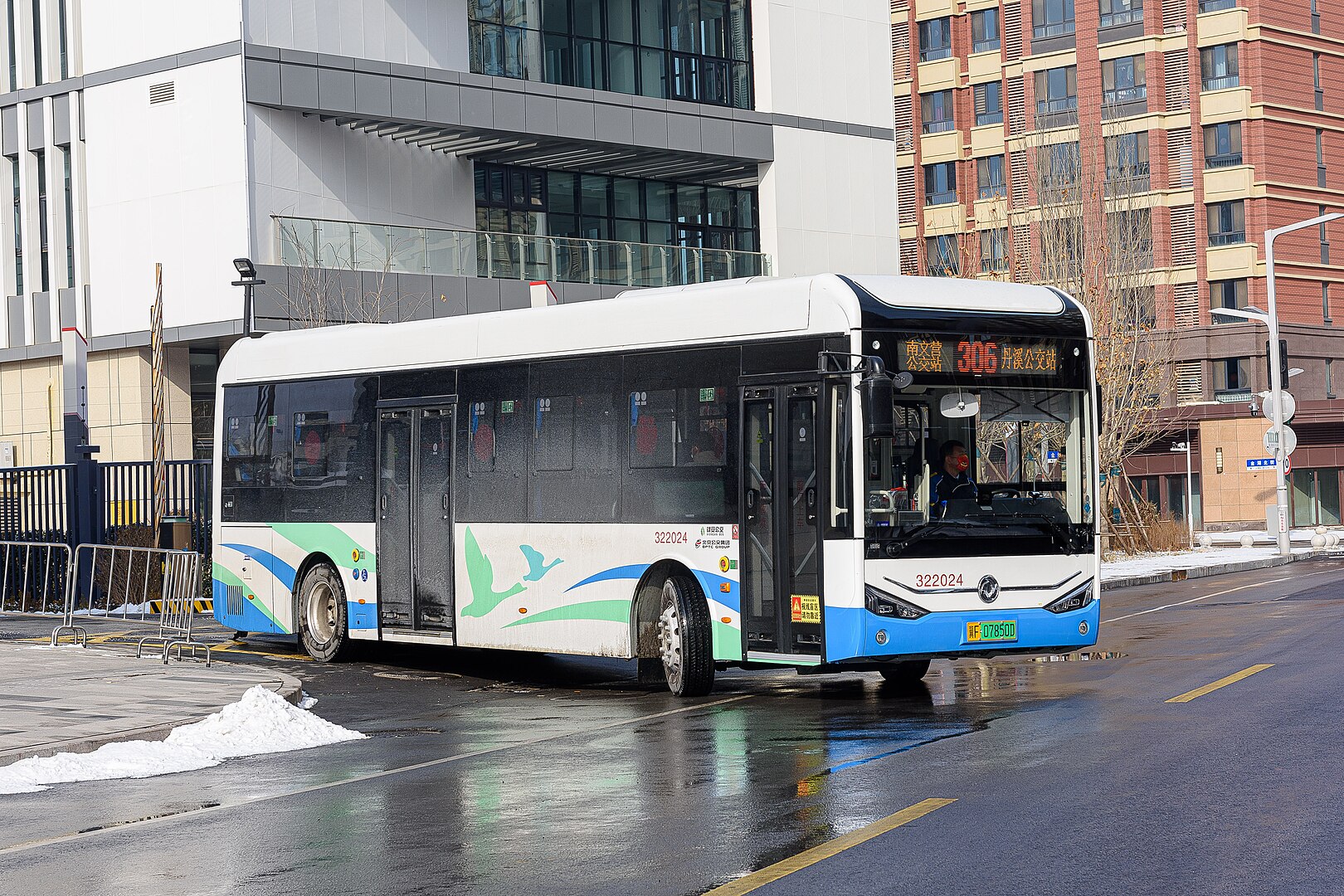 N509FZ, CC BY-SA 4.0, Wikimedia Commons
N509FZ, CC BY-SA 4.0, Wikimedia Commons
Business Center
Xiong’an’s business service center is the area’s first landmark urban complex. It has a total floor area of 900,000 square miles.
Currently, it holds more than 40 companies, and most of the building is run using smart technology, including facial recognition sensors.
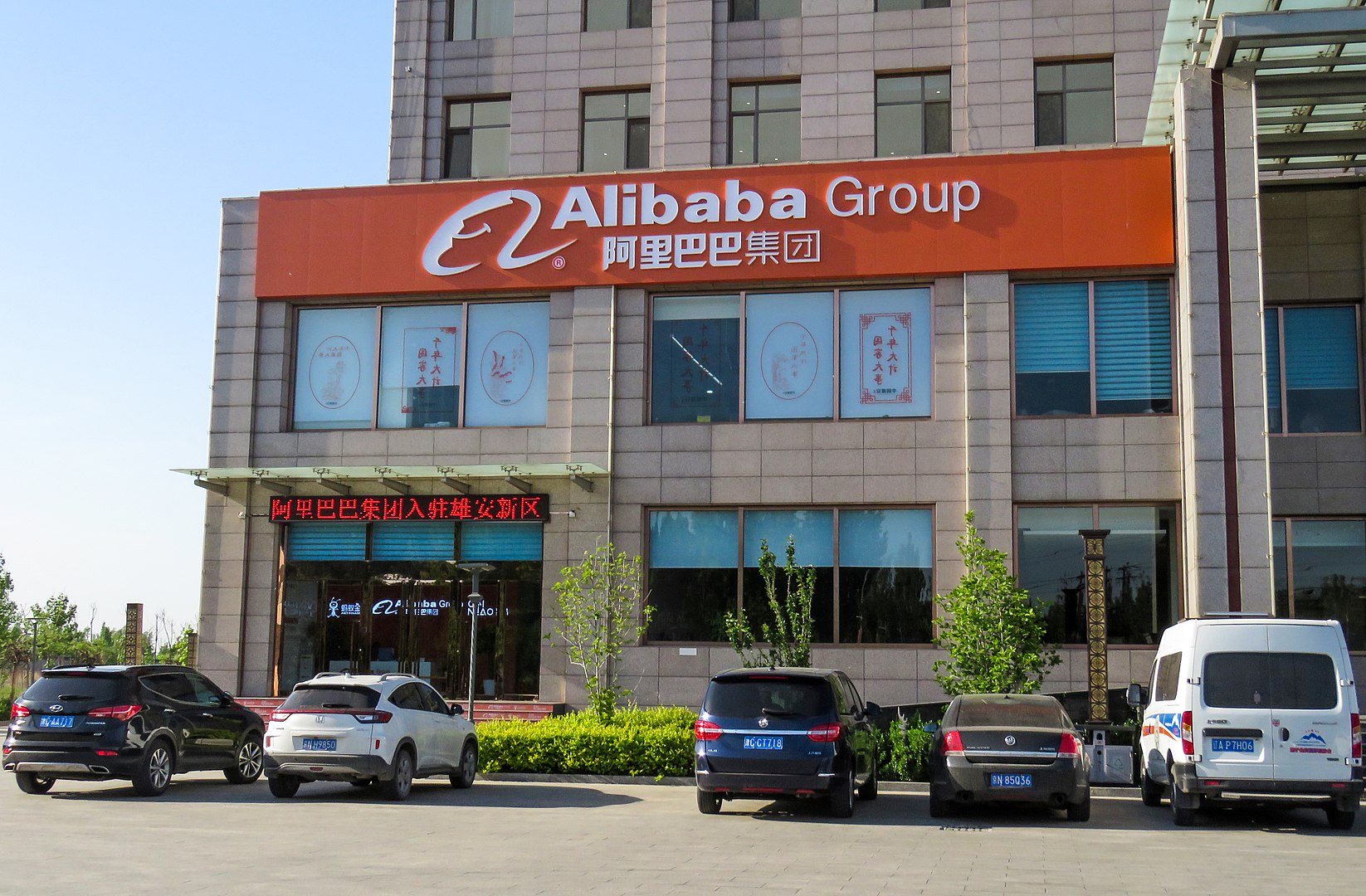 N509FZ, CC BY-SA 4.0, Wikimedia Commons
N509FZ, CC BY-SA 4.0, Wikimedia Commons
Infrastructure Rules
Apparently, the city will have rules on how tall buildings can be, how close together they can be located, and how much green space must be surrounding major areas.
This is to enhance the living space and make the city more open and enjoyable to residents, unlike other mega cities in China.
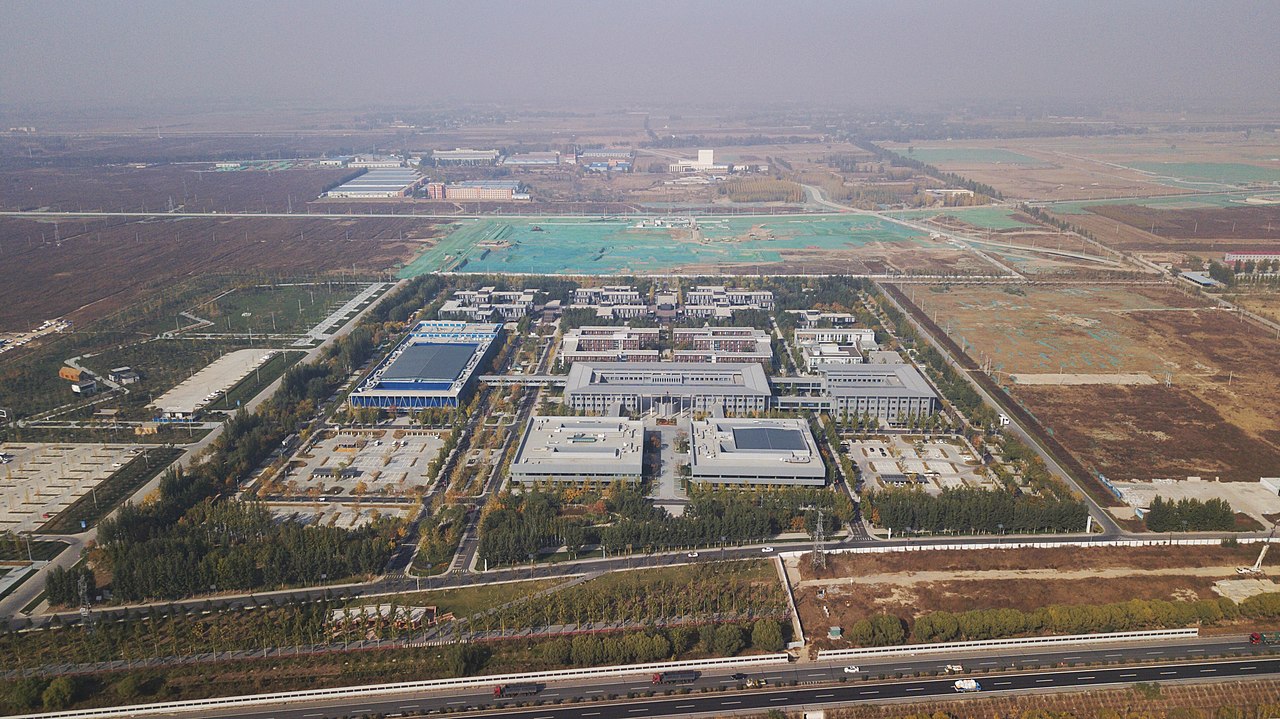 Charlie fong, CC BY-SA 4.0, Wikimedia Commons
Charlie fong, CC BY-SA 4.0, Wikimedia Commons
Nature
Since late 2017, Xiong’an has planted over 31,000 hectares of trees, boosting forest coverage from just 11% to an impressive 34%.
In the long run, 70% of the entire area is planned to be dedicated to green spaces and wetlands, making it one of the most eco-forward urban developments in the world.
Wetlands
Efforts are also being made to restore Baiyangdian Lake, which previously had the worst water quality in China’s grading system. It has since improved quite a bit and there are now 252 species of wild birds.
 颜邯, CC BY-SA 4.0 , Wikimedia Commons
颜邯, CC BY-SA 4.0 , Wikimedia Commons
Buildings: Recyclable Material
Buildings are built using recyclable material such as wood and reused plastics. This is in coordination with creating a green, but smart city.
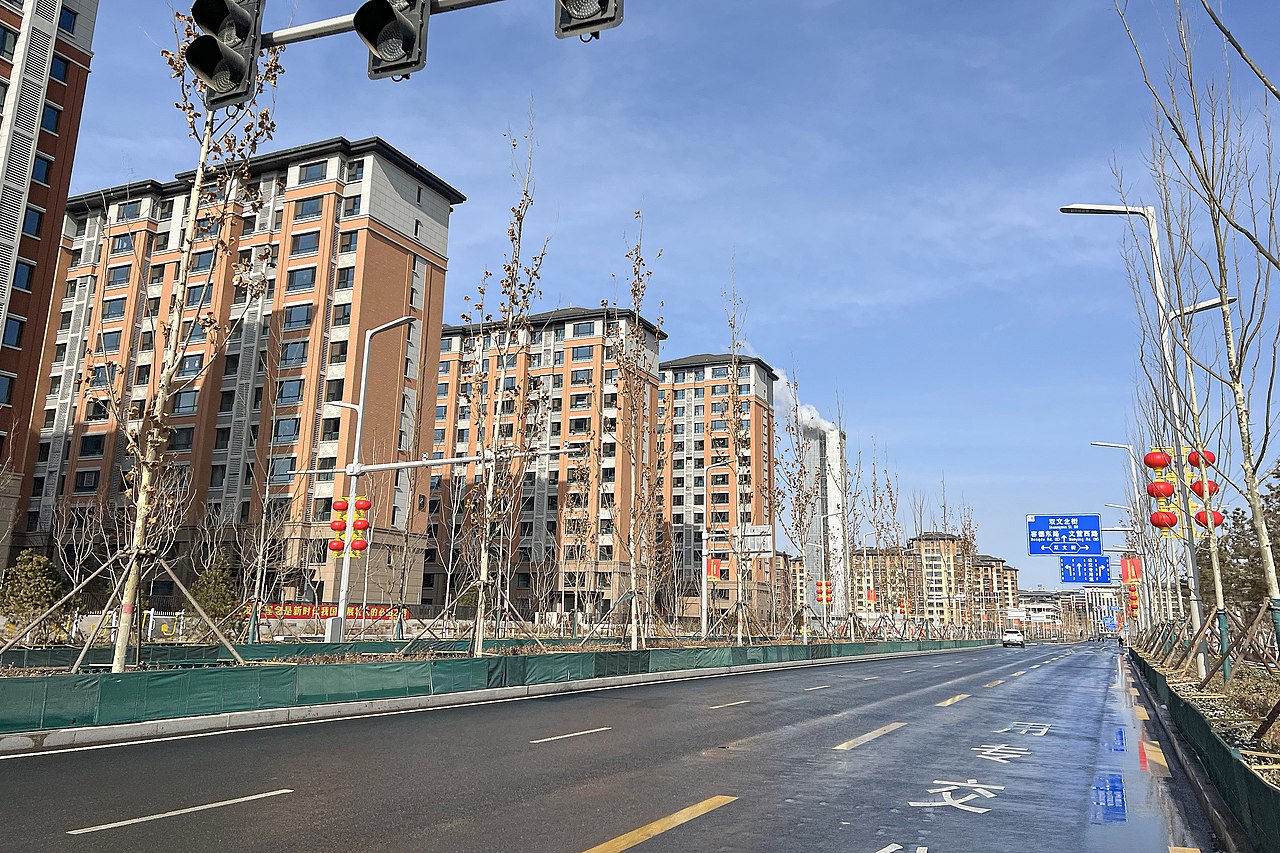 N509FZ, CC BY-SA 4.0, Wikimedia Commons
N509FZ, CC BY-SA 4.0, Wikimedia Commons
5G Network
Xiong’an will be fully powered by a universal 5G network, allowing for seamless, high-speed connectivity across every part of the city. All urban data will be stored in a centralized cloud system, enabling AI-driven sensors to manage logistics and infrastructure with maximum efficiency.
This advanced network forms the backbone of a truly interconnected, intelligent city.
Robots
Upon full completion, the futuristic city will include several robots that serve many different purposes around the city, such as: policing, delivering goods, cleaning, and more.
This means your coffee/food/packages will be brought to you by a robot, not a real person. And when you do something wrong, you’ll be confronted by a robot.
Public Charging Stations
Many public charging stations have already been implemented, including public benches where the seat is a solar panel and has various charging ports for your devices.
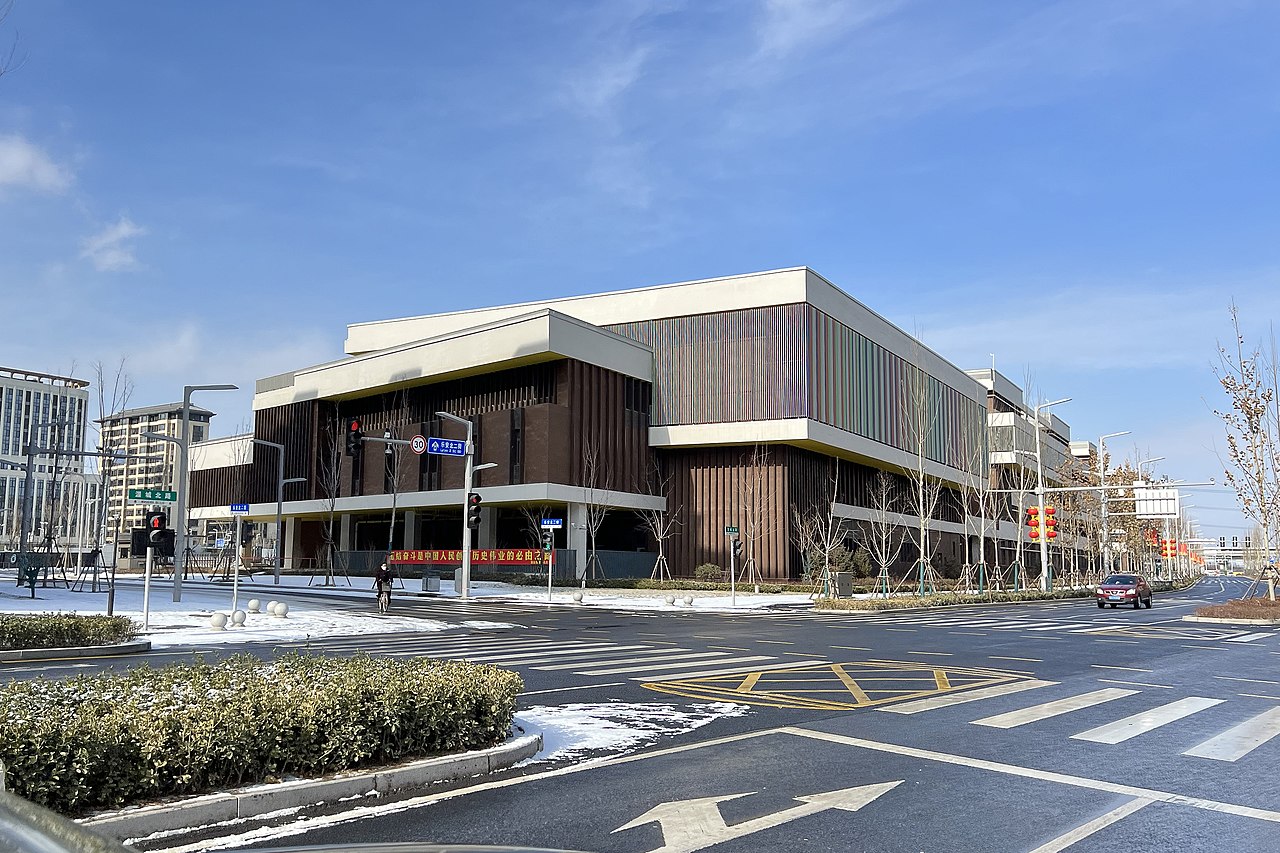 N509FZ, CC BY-SA 4.0, Wikimedia Commons
N509FZ, CC BY-SA 4.0, Wikimedia Commons
Urban Farms
This Smart city is said to have vertical farmlands in some spots, but also include underground smart farms where produce is grown using artificial lights rather than sunlight, and take up less space above ground.
Much like everything else in the city, these farms will be mostly run by robots and AI.
Keeping Things Tight
According to the city’s blueprint, Xiong’an will follow a “15-minute living circle” design—where daily essentials are all within walking distance. Residents will be able to reach schools in 5 minutes, markets in 10, and hospitals in 15, creating a highly accessible and family-friendly urban environment.
Top Notch Schools
Apparently, in many cities in China, high-quality schooling can be challenging to find for some residents and not all are permitted to attend.
However, in Xiong'an, teachers are brought in from high-quality city schools, and residents of the town will have full access to quality education for their children.
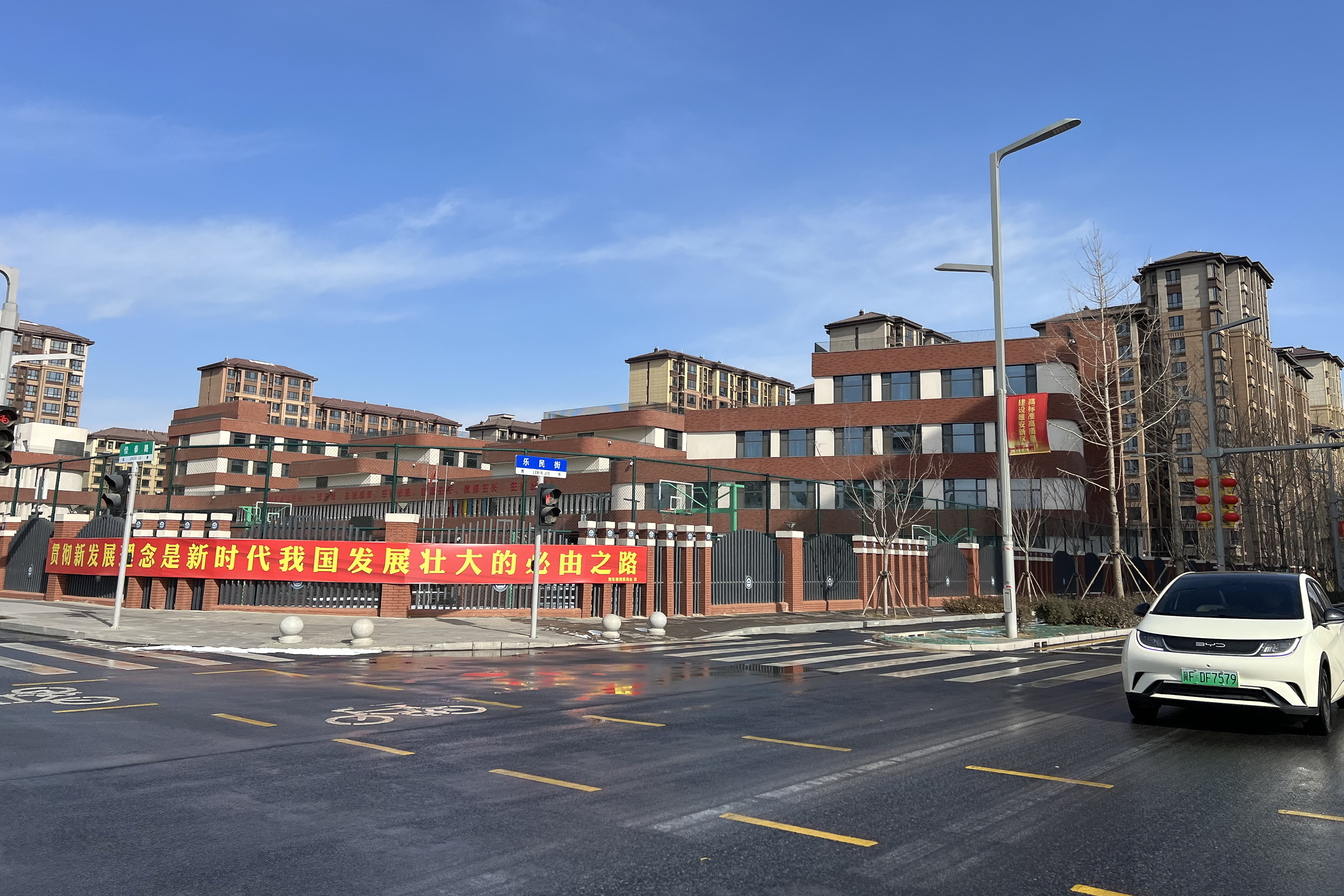 N509FZ, CC BY-SA 4.0, Wikimedia Commons
N509FZ, CC BY-SA 4.0, Wikimedia Commons
A Livable City
Xiong'an will have a community-based design with public services available to residents, walkable streets, and plenty of public transportation options.
The Chinese government continues to maintain their position that Xiong'an is a Smart City, but it is made for the people.
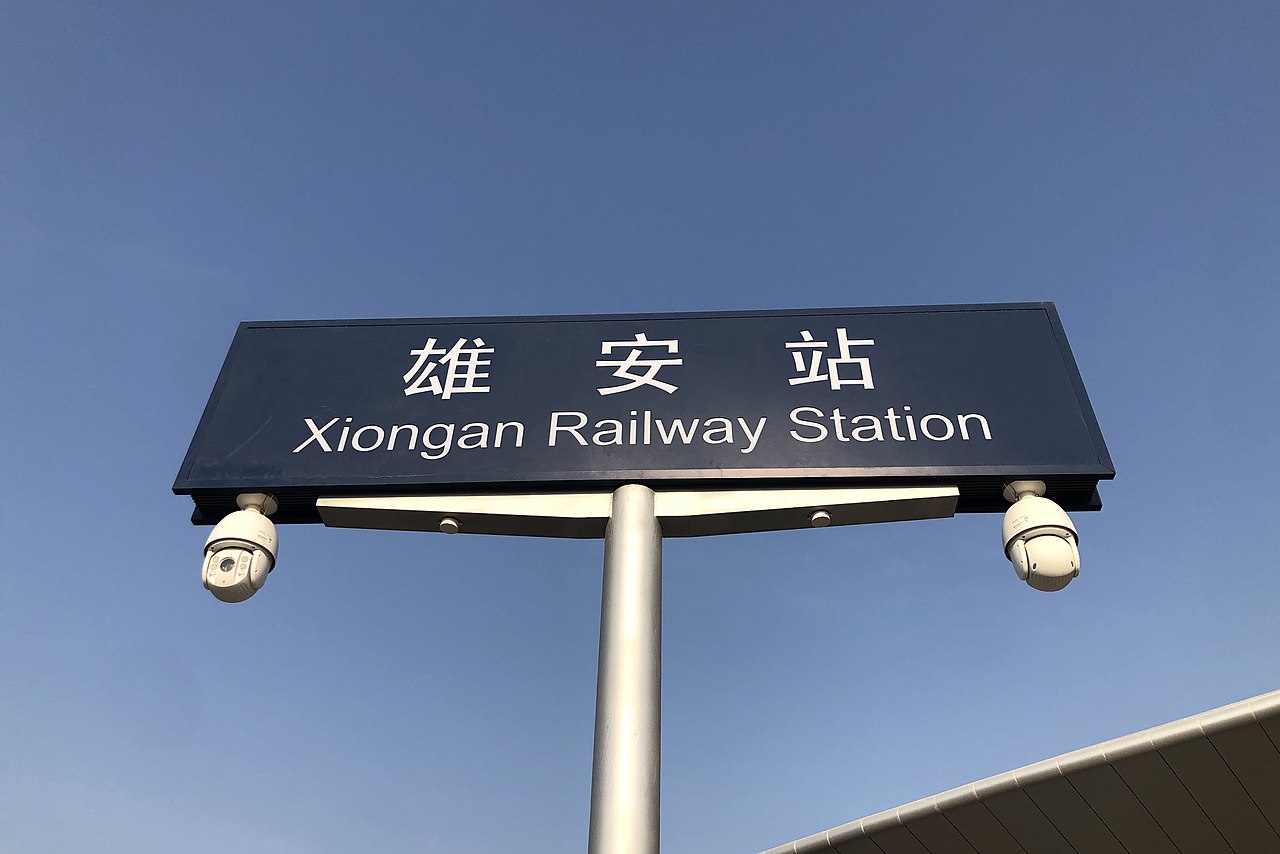 N509FZ, CC BY-SA 4.0, Wikimedia Commons
N509FZ, CC BY-SA 4.0, Wikimedia Commons
New Residents
One of the main ways China is attracting new talent to live and work in the Xiong'an is by using their points-based system.
Residents must qualify for residence through the points-based mechanism.
The Points-based System
To live in Xiong’an, individuals must apply and qualify through a points-based residency system—reportedly linked to, or modeled after, China’s broader social credit framework.
This approach is part of a larger effort to modernize and tighten the country’s population management policies within the new smart city.
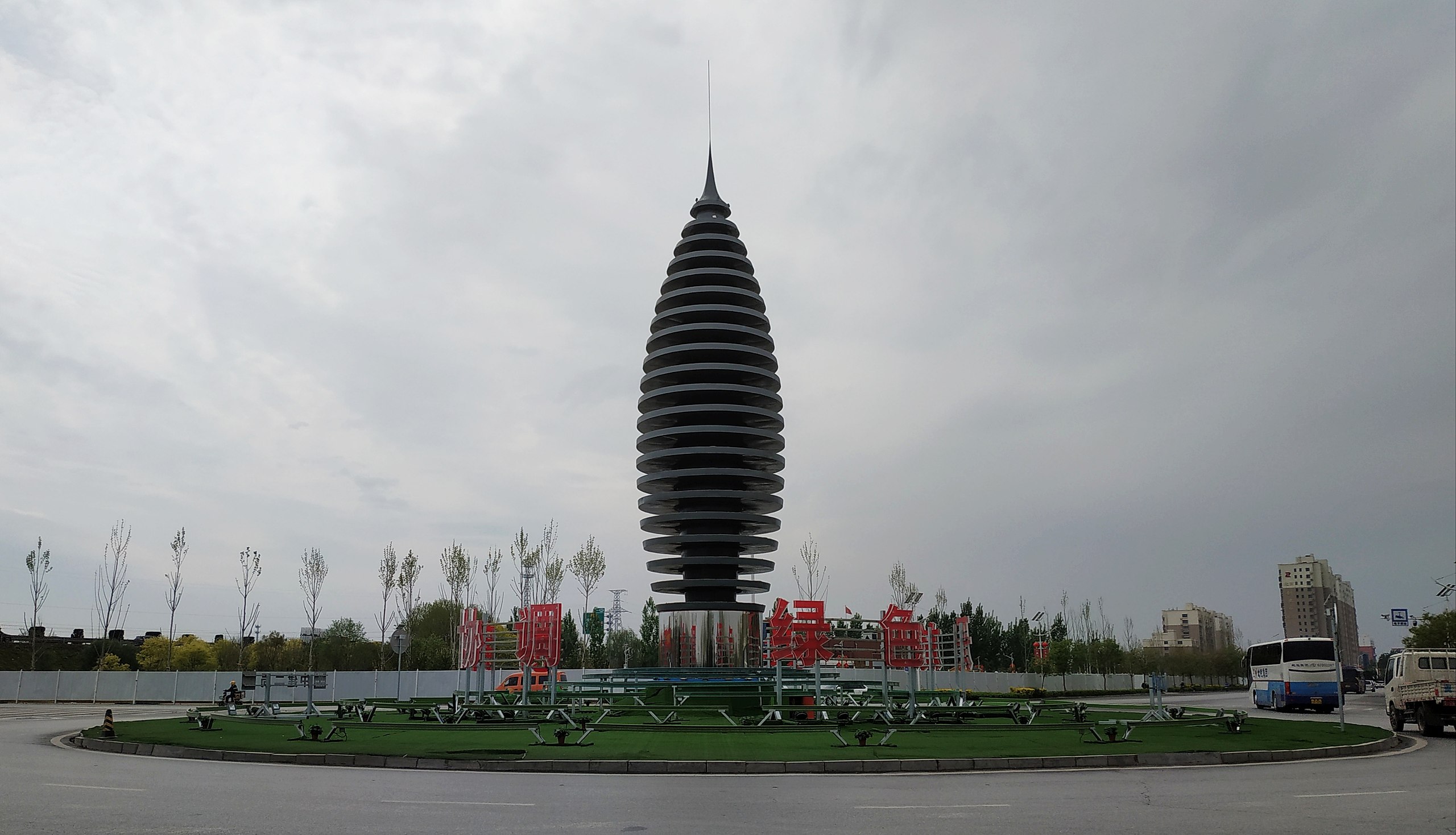 Yan Han, CC BY-SA 4.0, Wikimedia Commons
Yan Han, CC BY-SA 4.0, Wikimedia Commons
Current Residents
Currently, the only residents of the New Area are people who work there, and their families. Most employees came with their employers, who relocated from Beijing.
Some residents were already living in the area prior to its major transform from farmland to smart city, and were permitted to stay.
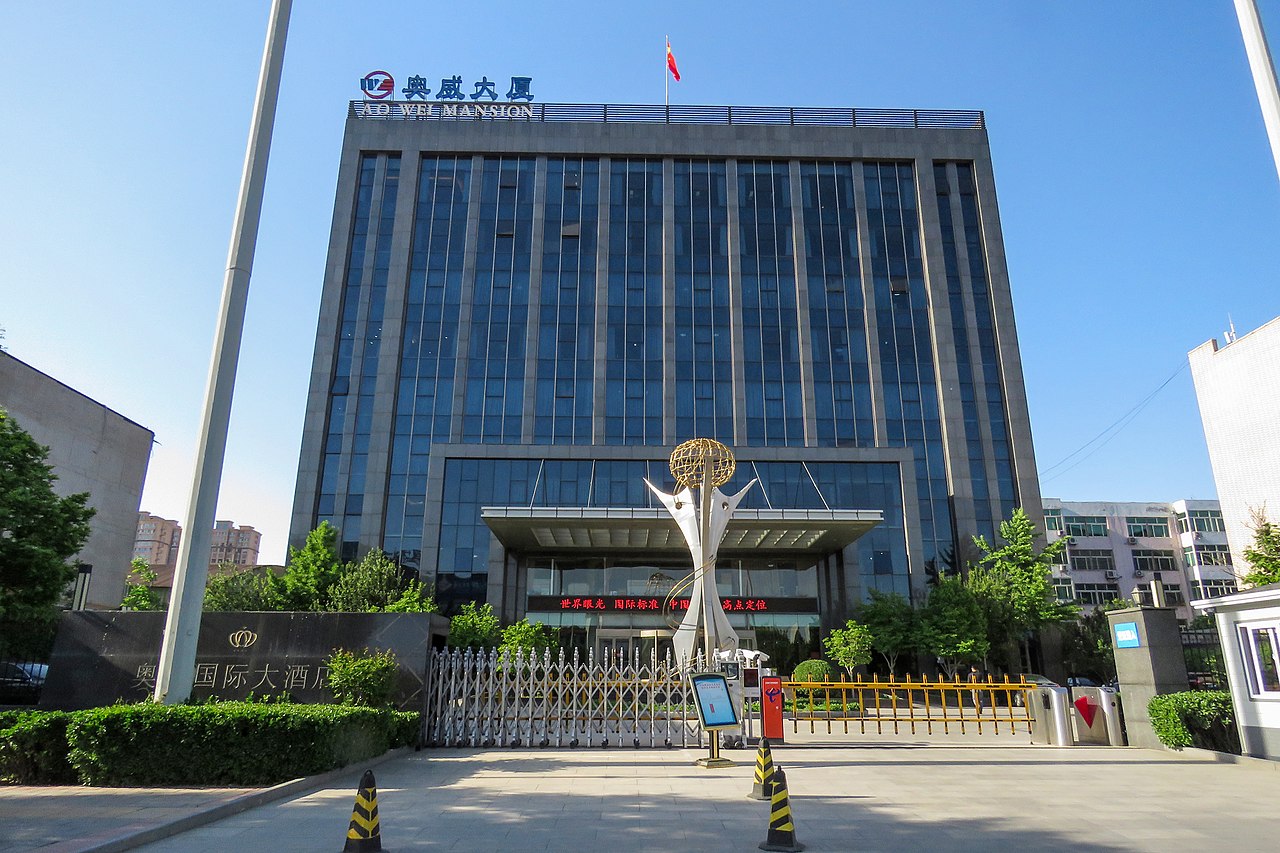 N509FZ, CC BY-SA 4.0, Wikimedia Commons
N509FZ, CC BY-SA 4.0, Wikimedia Commons
Healthcare
Xiong'an New Area will have a world-class hospital complete with as many robots and as much AI as possible to keep it “smart”.
Things like robots, drones, smart screens, and various forms of telemedicine will be included.
Advanced Monitoring System
Like many smart cities, Xiong’an New Area will be under constant surveillance, with a dense network of cameras, sensors, and other monitoring technologies.
These systems are designed to enhance public safety by delivering real-time data on everything from traffic flow and air quality to crime prevention and healthcare response.
Smart Infrastructure
In all, or most, buildings in this new-age smart city, there will be virtually no light switches—all monitoring and controlling of internal systems, such as lighting, heating and cooling, will be controlled with sensors. This may even include locking systems.
This is the same for street lighting, and even the utilities in resident’s homes.
Advantages of a Smart City
Smart cities can improve the quality of life for their residents in several ways, including providing more efficient services, reducing wait times and inconvenience, and providing added safety.
Disadvantages of a Smart City
While the cameras and sensors may provide more safety, they also provide less privacy. Every move you make within the smart city will be recorded, this includes on the streets, as well as in your own home.
All technological services (such as cell phones and internet activity) will be interconnected and data will be stored in their cloud.
If you want to live in a city with smart technology, you should be prepared to completely give up your right to privacy.
Is a “Smart City” a smart choice?
Across much of China, citizens are already familiar with the Social Credit system, which can significantly impact personal freedoms. As a result, the points-based residency system in Xiong’an may not be a major concern for many prospective residents.
What makes the city truly appealing is its rare balance of cutting-edge infrastructure and abundant green space—a combination not often found in China’s more densely built urban centers.
 N509FZ, CC BY-SA 4.0, Wikimedia Commons
N509FZ, CC BY-SA 4.0, Wikimedia Commons
Is a “Smart City” a smart choice?
For citizens in many other parts of the world, a smart city could be appealing due to its futuristic ways, but the need to govern the city with a points-based system would not likely be well received.
However, a city run by robots will require residents to live fairly peaceful and harmoniously with their robotic neighbors.
Global Opinions
According to various sources, many Chinese citizens are not only in-favor of a smart city in China, but they are rather excited about it. The green space and high-quality education availability are high on the priority list for them.
However, many other areas around the globe have a differing opinion. While tourists may be itching to check it out, many people feel a smart city with such restrictions may not be suitable for their needs in terms of living there permanently.
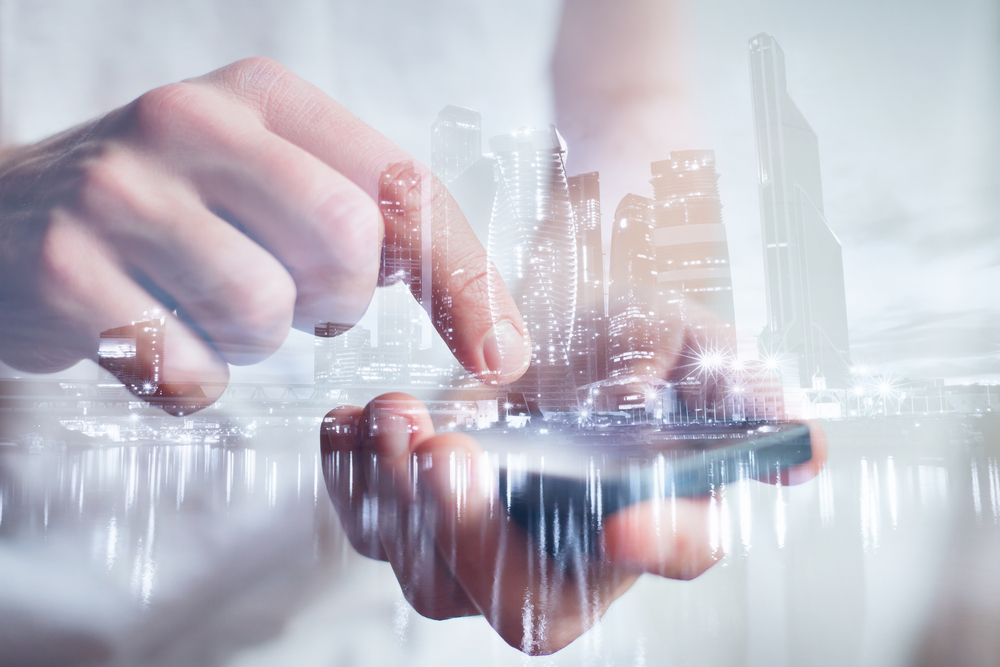 Song_about_summer, Shutterstock
Song_about_summer, Shutterstock
Final Thoughts
A smart city like Xiong'an New Area comes with many appealing futuristic features, considering almost the entire city will be run by robots, but it still has many restrictions.
Either way, China plans to have about 3 million residents in Xiong'an by the time of its completion.
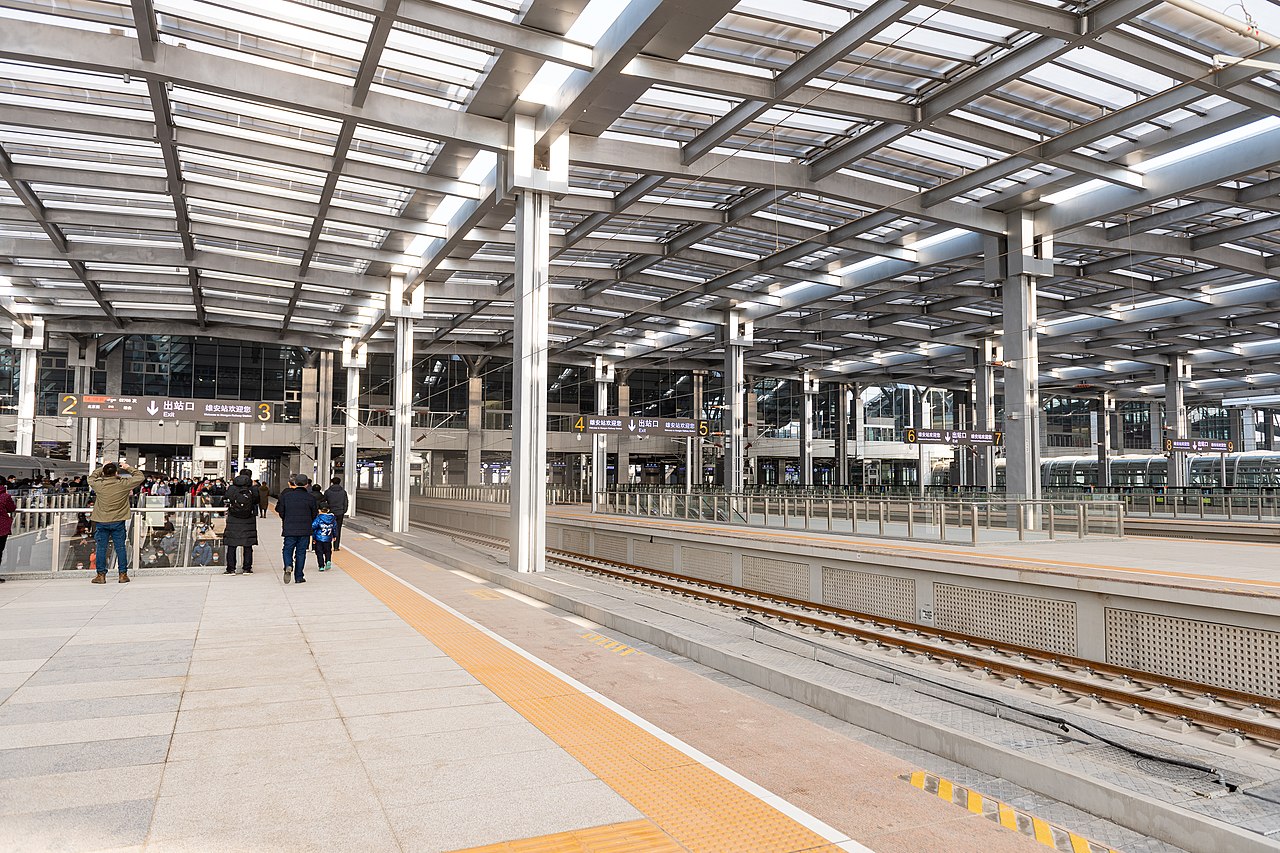 N509FZ, CC BY-SA 4.0, Wikimedia Commons
N509FZ, CC BY-SA 4.0, Wikimedia Commons

